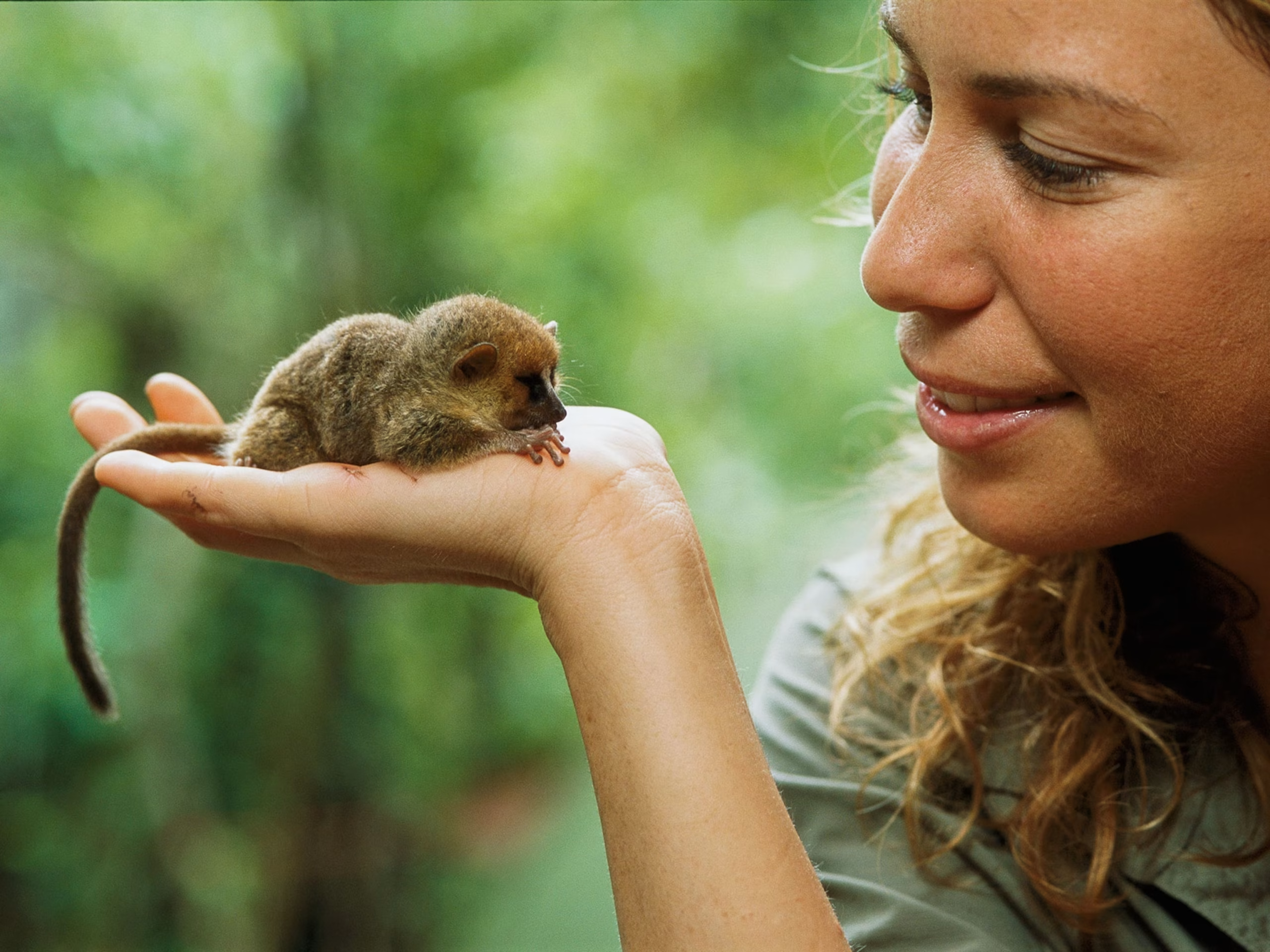premiumtix.net – In the vast tapestry of life on Earth, there exists a fascinating group of creatures that, despite their diminutive size, capture the imagination and awe of people around the globe. These are the pygmy animals, nature’s smallest wonders, which have evolved to be miniature versions of their larger relatives. From the pygmy hippo to the pygmy marmoset, these animals are not just smaller in size but often exhibit unique adaptations and behaviors that make them truly remarkable.
The Pygmy Phenomenon: A Glimpse into Evolution
The term “pygmy” in the context of animals refers to species that are significantly smaller than their closest relatives. This phenomenon is not just a matter of size but a result of complex evolutionary processes. Pygmy animals have often evolved in isolated environments, such as islands or dense forests, where limited resources and different ecological pressures have driven their miniaturization. This process, known as insular dwarfism, is a fascinating aspect of evolutionary biology and highlights the incredible diversity of life on our planet.
Pygmy Hippo: The Miniature Marvel of the Forest
One of the most captivating pygmy animals is the pygmy hippopotamus, a species found in the forests of West Africa. Despite its name, the pygmy hippo is not a small version of the common hippopotamus but a distinct species that has evolved to be smaller, with a more slender build and shorter legs. These fascinating creatures are primarily nocturnal, spending their days in dense vegetation and emerging at night to feed on a variety of plants. The pygmy hippo’s small size and unique adaptations make it perfectly suited to life in the dense forest, showcasing the intricate dance between evolution and environment.
Pygmy Marmoset: The World’s Smallest Monkey
In the rainforests of South America, another pygmy wonder awaits: the pygmy marmoset. Weighing in at just 140 grams, this tiny primate is the world’s smallest monkey. The pygmy marmoset’s small size is an adaptation to its arboreal lifestyle, allowing it to navigate the dense canopy with ease. These tiny primates live in family groups and have a diet that includes tree sap, insects, and small fruits. The pygmy marmoset’s existence highlights the incredible diversity of life in the Amazon rainforest and the remarkable ways in which animals adapt to their surroundings.
The Conservation Challenge: Protecting Nature’s Smallest Wonders
While pygmy animals are fascinating, they also face significant threats. Habitat loss, climate change, and human encroachment are pushing many pygmy species to the brink of extinction. Conservation efforts are crucial to protecting these tiny creatures and the unique ecosystems they inhabit. From establishing protected areas to implementing sustainable development practices, there are many ways to ensure that pygmy animals continue to thrive in the wild.
Conclusion: Celebrating the Diversity of Life
The world of pygmy animals is a testament to the incredible diversity of life on Earth. These tiny creatures remind us of the beauty and complexity of the natural world and the importance of protecting it. By celebrating and conserving pygmy animals, we not only preserve these fascinating species but also the rich tapestry of life that makes our planet so unique. As we continue to explore and learn about these miniature marvels, we gain a deeper appreciation for the incredible world of pygmy animals: nature’s smallest wonders.
